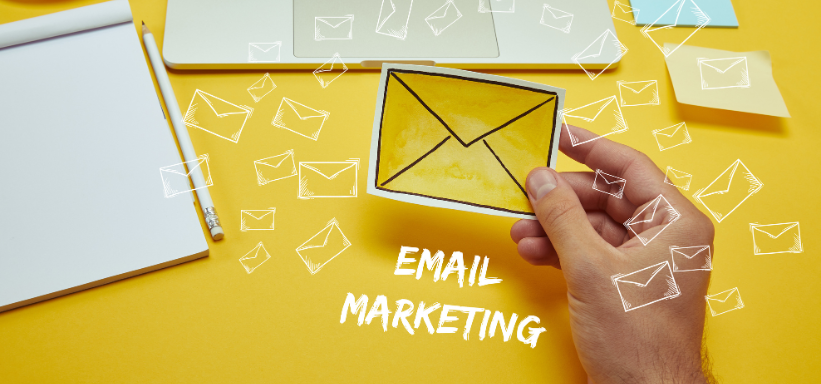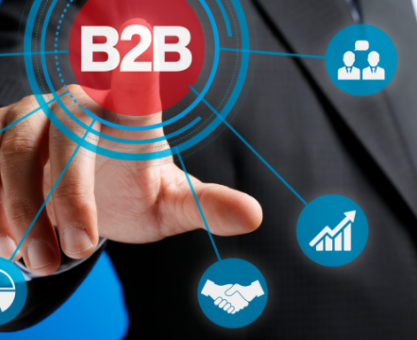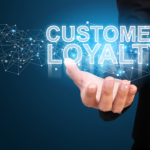Executive Summary
-
Discover how personalized email marketing can significantly boost sales in small businesses.
-
Explore the step-by-step approach used by a local bakery to enhance customer engagement.
-
Understand the benefits and challenges of deploying personalized marketing strategies.
-
Learn expert tips to enhance your own email marketing campaigns.
Introduction
In the competitive world of local businesses, standing out and fostering customer loyalty can be a daunting task. This is especially true in the food industry, where unique culinary offerings often face stiff competition. For small businesses like bakeries, personalized marketing strategies can be a game-changer. This article will delve into the story of how a local bakery successfully increased its sales by 30% using personalized email campaigns. If you’re a small business owner looking to enhance your marketing approach, this case study will provide you with actionable insights and strategies.
Definitions / Context
Personalized Email Campaigns refer to targeted email communications tailored to the preferences, behaviors, and demographics of individual recipients. The goal is to create more relevant and engaging content for the audience, thereby increasing open rates, click-through rates, and ultimately, sales.
Benefits / Pros
-
Increased Customer Engagement: Personalized emails have higher open and click rates.
-
Enhanced Customer Loyalty: Tailored content makes customers feel valued, improving loyalty.
-
Higher Conversion Rates: Relevant messaging leads to more purchases.
-
Cost-Effective: Email marketing is relatively low-cost compared to other channels.
Risks / Cons / Challenges
-
Data Privacy Concerns: Collecting and using personal data requires compliance with regulations like GDPR.
-
Resource Intensive: Crafting personalized content can be time-consuming.
-
Technical Barriers: Requires sophisticated email marketing tools and expertise.
Step-by-Step Process
How to Implement a Personalized Email Campaign:
-
Collect Data: Gather customer data through sign-ups, purchase history, and preferences.
-
Segment Your Audience: Divide your email list into segments based on shared characteristics.
-
Craft Personalized Content: Develop content tailored to each segment’s preferences.
-
Automate Your Campaigns: Use email marketing software to automate the sending of your campaigns.
-
Analyze and Optimize: Monitor the performance and tweak strategies for continuous improvement.
The Bakery’s Story: A small bakery located in downtown utilized their customer data to launch a series of personalized emails. They began by segmenting their audience into regular customers, occasional shoppers, and new prospects. With this segmentation, they tailored email content featuring special offers, new product launches, and personalized discounts. This strategic approach resulted in a remarkable 30% increase in sales over the course of six months.
Case Study: The Bakery’s Story
Expert Tips / Strategic Insights
-
Epiidosis recommends integrating interactive content, such as surveys, to further engage your audience.
-
Ensure compliance with data protection laws by being transparent with your customers about data use.
-
Use A/B testing to determine the most effective email strategies for your audience.
Tools / Resources / Calculators
-
Email Marketing Platforms: Tools like Mailchimp or HubSpot can simplify campaign management.
-
Customer Relationship Management (CRM) Software: Helps in tracking customer interactions and preferences.
-
Segmentation and Personalization Tools: For customizing content based on user data.
Conclusion
Personalized email campaigns can be a powerful tool for local businesses looking to enhance their customer engagement and sales. By understanding and implementing strategic personalization, businesses like bakeries can significantly increase their revenue. For those ready to harness the power of personalized marketing, starting with email campaigns is a wise move.

















